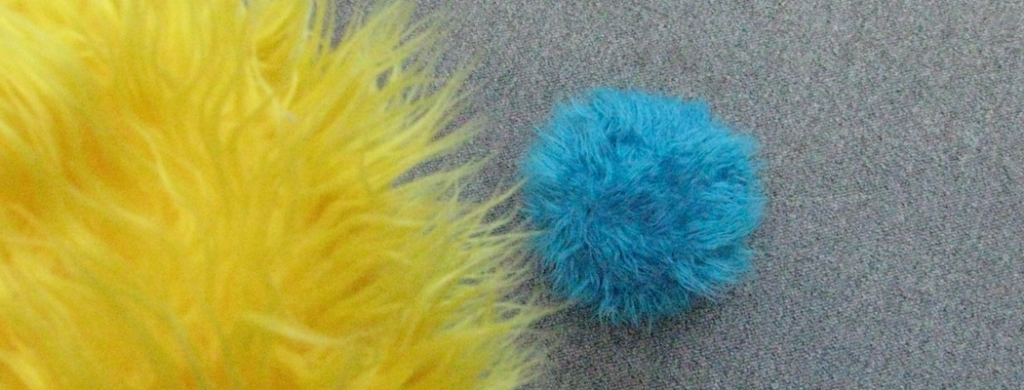Residencies

i-DAT supports a range of residencies and workshops based around the Arch-OS system. Artists, Scientists and technologists can carry out research using the Arch-OS systems. By making the invisible and temporal aspects of a building tangible Arch-OS creates a rich and dynamic set of opportunities for research, educational and cultural activities, as well as providing a unique and innovative work environment.
Residencies are based around the i-DAT SoftLab. the Immersive Vision Theatre and the Arch-OS control centre. The networked nature of Arch-OS also allows researchers to collaborate online through the ‘Not in Residence’ residency programme. Artists/researchers are incorporated to i-DAT‘s curatorial programme.
Marc Fournel Canadian Council for the Arts New Media residencies
i-DAT has been awarded a Canada Council for the Arts ‘Grants to New Media and Audio Artists: New Media Residencies’ for the sound and installation artistMarc Fournel. This follows initial funding from the Canada Council for the Arts for a research visit to i-DAT in September 2007, where Marc presented a first version of his installation SKIN-PÔ. This new award will enable Marc to develop a project incorporating Arch-OS and the Immersive Vision Theatre (Full Dome). Watch this space for further developments:
Making a difference at the University of Plymouth a project for i-DAT by Lucy Kimbell. 11 – 22 October 2004
Higher education has changed rapidly over recent years, reflecting the general tendency of increased corporatisation of culture at large. Management cultures insist on personal responsibility where the individual employee is supposed to align themselves with the organisation’s brand values. The phrase, “I want to make a difference”, reveals something of the tendency towards increased individualisation and a break with previous collective ways of engendering change. Does this demonstrate the view that large corporate and hierarchical institutions are ineffectual, that local and more complex models are at work in the forces of change? Who holds responsibility in seeking positive improvement in the workplace and in terms of the service on offer? Will the number of people pressing the “I want to make a difference” button reveal a true willingness or an empty gesture towards change? The shift from the individual sound to a chorus by the end of the project presents itself as an allegory in this respect. Funded by the AHRC.
Hywel Davies – Columbia Livia (2007)
Arch-OS interpretation by Justin Roberts performed at the Peninsula Arts Contemporary Music Festival ‘VOICES II’. Friday 23 February 2007. Cube 3 Gallery, Portland Square , University of Plymouth. ‘Columbia Livia’ , part of a two-site installation, ‘Salva me’, commissioned by B ath Festivals Trust as part of a Year of the Artist Residency, and shown at the 2001 B ath International Music Festival, was ‘reversioned’ for a new installation through Arch-OS ( www.arch-os.com, an ‘Operating System’ for contemporary architectures). The Columbia Livia + Arch-OS version references ‘flocking’, a computer modelling technique coined by Craig Reynolds (1987) for the coordinated motion of groups of particles or ‘boids’. The visualisation of these algorithms mimics the flocking of birds and demonstrates principles of self-organization and the emergence of behaviors. The ebb and flow of people activated an acoustic ‘flock’ of birds (boids) that spun and wheeled around the void of the atria. ‘Columbia Livia’ deployd the sonic architectures enabled by the Arch-OS 56 speaker – 3 D sound system. A crucial feature of this version of ‘Columbia Livia’ was the emergence of unpredictable ‘complex’ sonic behaviours over the duration of its performance. Funded by i-DAT.


